Snakehead Fishing Malaysia
The Malaysian jungle is home to the biggest & fiercest giant snakehead in the world, there are few unpressured destinations remaining whereby the snakehead thrive & grow to 20kg (44lb). With difficult and limited access to these waters, Temenggor Dam remains one of the few. Snakehead fishing in Malaysia is nothing short of heaven for passionate, obsessive & addicted snakehead anglers all in search of prolific monster snakehead fishing.

Temenggor Dam – Facts, Location & Size
Temenggor Dam is Malaysia’s third largest dam located in Perak State of North Malaysia, 180KM from Penang International Airport. Temenggor Dams’ intricate network of long branching bays covering approximately 60km from the north to south of the dam is comparable to west Thailand’s Khao Laem Dam. Deceivingly the water surface area covers just 152 square km holding however a maximum water volume of 6050 million cubic meters due to the reservoirs massive depths. The forty year old body of water holds not only present hydro-electric importance but a historic military role in cutting off communist terrorist invasion from Betong. The heavy military presence guarding the National Park area of the Malaysia reservoir is strictly limited access and a secluded no-fishing zone; Fish Thailand however obtain special visas for anglers to enter and fish in this zone, hence the incredible snakehead fishing
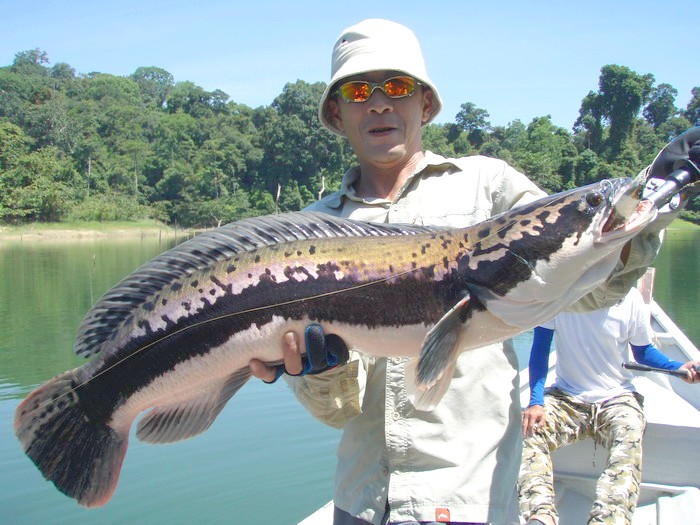

Snakehead fishing in Malaysia – 8kg – 10kg specimens are common
Snakehead Fishing Malaysia Explained
Understanding the snakehead leads to understanding the techniques used to catch the snakehead. Learning the snakehead’s behavior, spawning cycles & biology leads to learning the preferred habitats in varying water levels, conditions & months leading to the angler executing the best techniques accordingly.
Snakehead Spawning Cycles, Behavior & Biology
Snakehead rotate their lives through a simple & constant life cycle, therefore the explanation can start at any point – for the purpose of this explanation let’s start at spawning. Wilderness snakehead populations of Asia be it Thailand or fishing Malaysia all have one thing in common – their spawning times are subjected to the monsoon rains at specific times of year every year. This monsoon season dramatically changes the water levels of jungle waters; the water rises and begins to submerge the marginal grasses and vegetation. The time it takes for the water level to reach this point can be a week to several weeks after the first rains depending on water level prior to the rain, volume of rain fall & consistency of rain fall; however the constant and only dependant factor for when snakehead spawn is always the point which the water begins to flood the marginal vegetation. At this point the large adult snakehead of about 3kg and upwards move into the shallow margins from the deeper open water in order to find a mate. Similar to some mating mammals a display of vigor & territorial aggression selects their partner; from now on they are a pair – not to be parted for several months. After the water level creeps further up the marginal vegetation they will begin to build a nest into which the female will eject her eggs for the male to fertilise and to where the fry will hatch. The nest is built by the snakehead swirling around in circles amongst the tall grasses covered only by very shallow water, as the water levels rise further with the constant rainfall of the monsoon it is time for the pair of snakehead to spawn. The parental attentiveness and care to their young such as that of the snakehead is incredibly rare in fish, even after the act of spawning the snakehead guard their nest of snakehead spawn until the fry hatch out and even at this point the parenting is far from over. Five to ten thousand tiny dark red fry shoal together in a ball and desert their nest guided by their parents following marginal shores & open waters alike – but always remaining in a tight ball – hence the term ‘fry ball.’ The male parent snakehead usually the smaller of the two adults remains within a few meters of the ball at all times, his job is to guide the fry up to the water’s surface at regular intervals to breathe from the air as snakehead cannot live solely from the water’s oxygen. The adult snakehead is able to surface and take a breath of air very discretely and quickly but so many fry all taking air together takes several seconds before disappearing back into the depths – usually around ten seconds for each rise. Meanwhile the female parent snakehead, the larger of the pair is the protector, her job is to circle a much wider radius from the fry ball and male parent to protect them against invading predators be it other predatory fish species or man with spears and nets. As the snakehead fry develop and grow bigger their colour changes to bright red, then orange until they reach about four inches at which point they lose their brightness and begin to develop immature snakehead colours. From then onwards both parent snakeheads leave their fry to fend for themselves, they would have already been introduced to the taste of fish & meat throughout their infancy from feeding on chewed up fish that is discharged from the mother’s gills after she hunts prey fish. Now having also taken on small prey fish and aquatic invertebrates throughout their development, these immature snakehead disperse to the safety of marginal weedy shorelines where they will inhabit and easily predate on smaller prey fish. Out of the initial five to ten thousand snakehead fry ball a high percentage of thousands will have survived to become immature snakehead thanks to the attentiveness, protection & guidance of their parents, as they disperse to find their own habitats they split up but still claiming territory together in groups of a dozen to twenty per territory. As the juveniles develop further their group sizes diminish, slowly becoming more solitary fish and predating on other smaller snakehead too. The parent snakeheads would have disappeared into the deeper open water and also parted company – now the rainy season has long gone and the water levels are dropping slowly, their young from the last monsoon still remain in marginal areas and previous years snakehead of two to three years old begin to also drift away into deeper water until the next monsoon when they will move into the margins to spawn for the first time themselves. Through the dry season and the lowest water levels the larger adult snakehead spend most of their time in the deeper open water, only to show themselves when they rise to breathe air. Large adult snakehead too become vulnerable to predators as they surface from the deeps for air therefore almost always follow the structure of tall dead trees up to the surface – usually the trees are single large trunks of dead wood reaching 40ft tall. The Malaysia monsoon rains come again and the cycle repeats with adult snakehead heading towards the shore lined margins to find a spawning partner, making for great fishing.
Summary of Snakehead Cycle to Calendar Months
In order to add the explained snakehead cycle above into a calendar here is a short summary, however exact monsoon cycles change slightly each year. Typically in Thailand the monsoon’s first rain is in June, from July the ‘fry balls’ are abundant though to September. From October the water levels are at their highest and the fry balls are developing fast and harder to track down, with the high water levels of November and December and the monsoon season over the adults slip away into deeper water and leave their juveniles to inhabit the margins which with the high water levels reaches far back into the flooded jungle vegetation. Into January through to May the water levels drop away to the lowest levels until the monsoon comes again in June. In Malaysia the rains begin later around October and come more frequently making it possible for the spawning to take place two to three times a year, their growth rate is also faster & fishing spectacular.

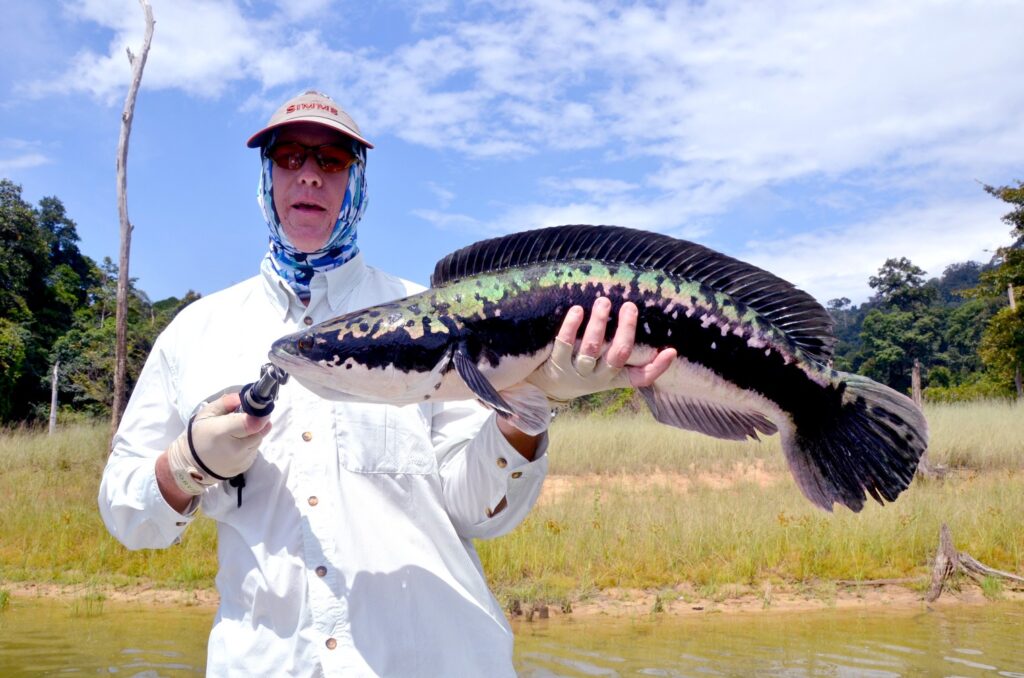
Understanding the snakehead cycle leads to successful snakehead fishing
Applying Knowledge of Snakehead Cycle to Fishing Techniques
The above snakehead cycle facts are fascinating to fish enthusiasts, biologists & nature lovers. However they are arguably of even more interest to snakehead anglers as by understanding each moment of a snakeheads’ existence can be applied to selecting the best snakehead fishing technique for each stage of their cycle. These snakehead fishing techniques can be simplified into three categories:
- Random marginal snakehead casting (lure only)
- Open water rising snakehead casting (lure or live bait)
- Fry ball casting (lure or live bait)
Random Marginal Snakehead Casting
The definition of random marginal snakehead casting is to cast lures from a boat moving at a constant ‘walking pace’ speed following shore lines of the main land, islands & weedy bays from a distance of the anglers’ maximum cast. Being shallow marginal areas usually heavy with aquatic vegetation and surface weed the lure selection is narrowed down to predominantly surface lures of which there are three categories: frogs, buzz baits & poppers. For areas of the thickest surface weed frog lures are the most effective and only real choice as they are virtually weed-free thanks to their up-turned double hook situated at the back of the buoyant frog imitation. Frogs are naturally a regular diet of the snakehead and inhabit shallow weedy margins of the lake, making them ideal to imitate in the form of a lure. In areas where there is a light to medium covering of surface weed frogs can still be used effectively but another lure option comes into play and that is the buzz bait. Naturally a buzz bait will sink when not retrieved so is vital to begin the retrieve from the moment it impacts the water – the spinning and clacking of the propeller draws interest of snakehead as it sounds like a wounded fish. The single up-turned hook rides just below the surface and behind from the propeller, this lure is imitating a small predatory fish (the dressed hook) chasing a wounded prey fish (the propeller). Being able to be retrieved through most light to medium weedy areas the buzz bait plays a big part in the snakehead anglers’ armory especially when for fishing Malaysia, although casting these accurately and at distance in windy conditions is very challenging due to their brutish shape. Finally perhaps the most effective of all snakehead surface lures is the popper, only to be used in low weed areas or areas where there are lanes between surface weeds from the shore line out. A popper worked to really ‘pop’ is a beautiful sight and sound and with two sets of hanging treble hooks from beneath the body it is responsible for big numbers of snakehead catches. Accurate and long range casting is aided by the stream-lined weight of a popper, enabling the snakehead angler to cast it well up from the boat to the shore line offering more ‘water time’ per cast. ‘Random Casting’ with this snakehead fishing technique means exactly that, casts are simply targeting the likely looking fish holding areas at random along the shore line. The most likely area will be within feet sometimes just inches from the bank, a lure cast short most of the time was not worth casting at all; in a snakehead fishing session using this technique it is vital to throw out as many casts as possible, be relentless and aggressive with the casting. As the boat constantly moves covering vast areas of water along the shore lines, avoid attempting to cover every inch – better to continually cast to ‘new’ water slightly ahead of the boat all the time; this way the most water will be covered. Large areas may not hold snakehead but fishing on the move randomly and continuously there will be areas come upon with many snakehead present – all of a sudden several snakehead can be caught in a short space of time. This form of fishing can catch snakehead all year round particularly in Malaysia, however it generally will only catch big snakehead during the cycle of the snakehead moving into the margins to look for a mate and begin the nest building and spawning process, at any other time this technique will mostly only catch juvenile snakehead.
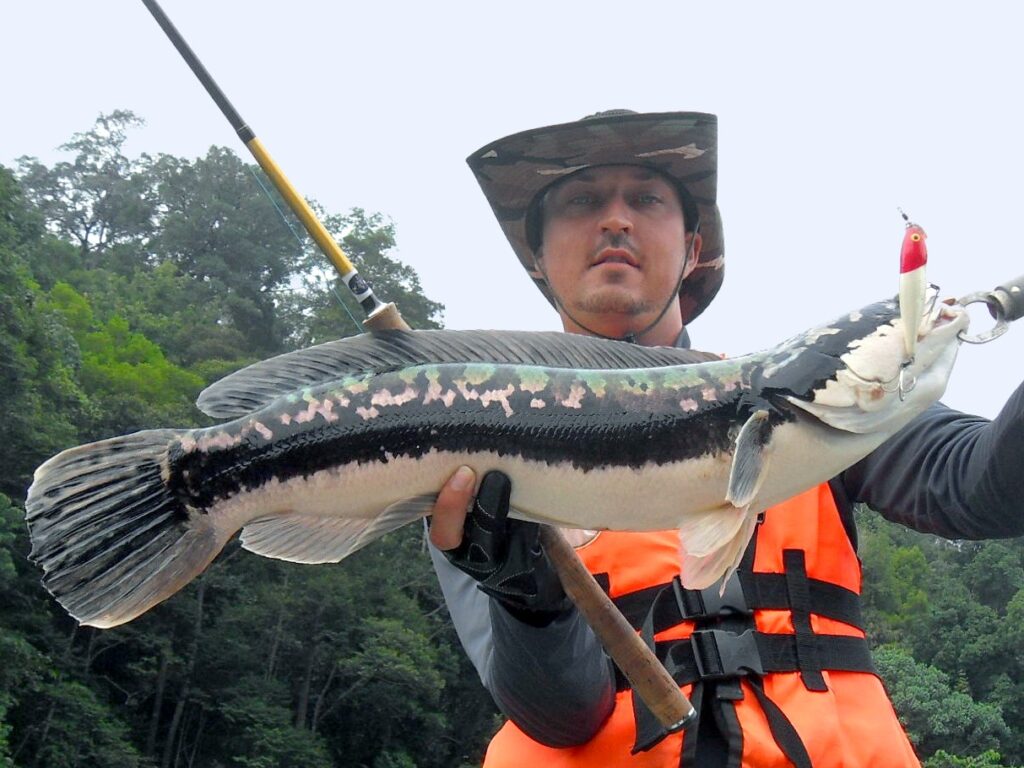
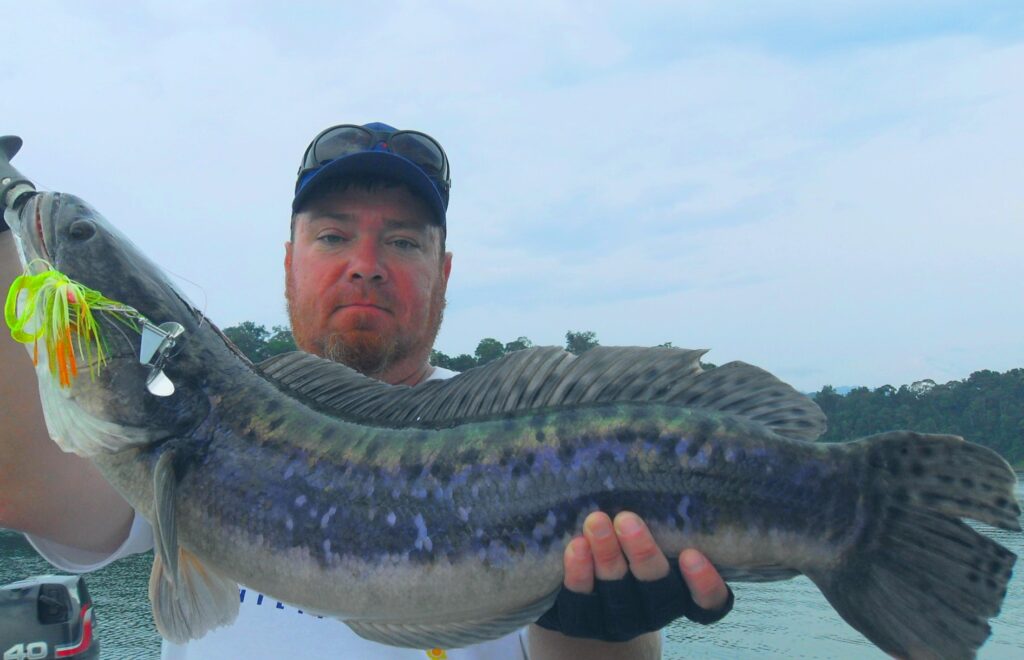
Popper caught (left) & buzz bait caught (right) snakehead

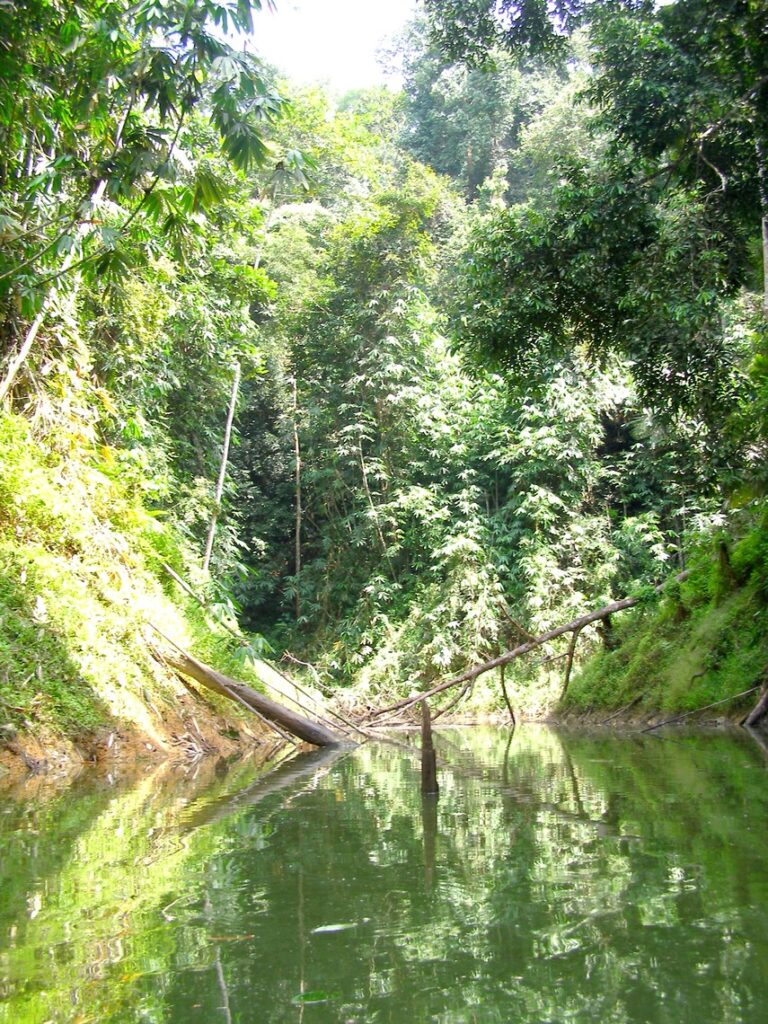
A perfect area for random marginal lure casting using buzz baits or poppers
Open Water Rising Snakehead Casting
The definition of open water rising snakehead casting is to cast lures from a static boat positioned amongst one or more single snakehead which have been spotted rising from deep water to breathe air, usually close to structure such as tall dead trees but rarely weed. Without doubt this is the most difficult & challenging form snakehead fishing in Malaysia, requiring the most patience, composure, experience & skill out of all forms of snakehead fishing. The margin for error in lure casting to single rising fish is zero, the first thing an angler has to calculate immediately after the rise is which direction and plane the snakehead is swimming on back down to the depths, and they all will immediately swim back down deep as the only reason they ever rose in the first place was to take oxygen. If for example the snakehead rises and swims back down to the left on a 45 degree angle, the angler must cast their diving lure ahead of the fish to the left and beyond to ensure that the retrieve brings the lure perfectly in front of the snakehead’s mouth at the given depth. Any lure placement other than in front of the fish’s head will be totally ignored and there is no second cast, no second chance – now the angler has to wait again for another rise. At times it can take twenty minutes or even more than an hour to locate an open water snakehead rising in regular intervals and then another five to twenty minutes to position the boat slowly within casting range of the fish without spooking it. Once in position and the rise is spotted again within casting range the angler has literally a few seconds to judge the direction and plane of the swimming fish, release the perfect cast and retrieve the lure to pass in front of the snakehead; if no strike then the angler is subjected to wait again for the snakehead to rise. Lure selection is narrowed down to just diving lures for the best results, a surface popper can be used but reduces the hit rate as most of the time the fish is too far back down to tempt a strike. Deep fast diving tight action lures are best as they cast well and can get down to meet a diving snakehead in time, shallow diving lures in very deep water generally will not reach deep enough to where the snakehead has reached in time. If for example in a days’ snakehead fishing only targeting the single rising fish an angler gets to cast at ten snakehead within range it means he will only cast ten times in the entire day, if he is anything short of an experienced & skilled snakehead angler he will catch no fish at all. The rewards however are great, any snakehead rising in deep open water is guaranteed to be the biggest fish, and the angler will not catch any small snakehead with this technique. The very best snakehead lure anglers will mostly only fish to rising single snakehead, only fishing at random to the shore line when conditions are too windy to spot the rises or there are big adults entering the margins after the first rains. At the time of the snakehead cycle when the water levels are low and only juvenile snakehead occupy the margins this technique will still catch the biggest snakehead, meaning that if an angler masters this fishing technique coupled with the easier technique of random marginal casting there is no time of year in Malaysia when big snakehead cannot be caught.
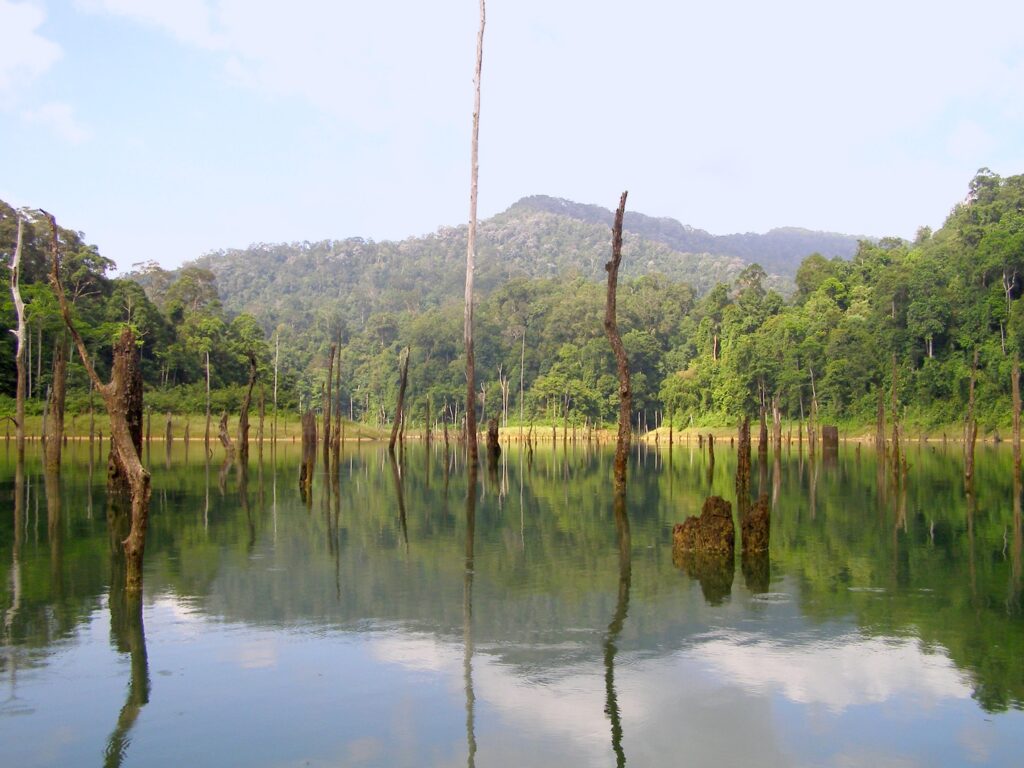
Deep open water with a haven of structure – fish the single rising technique
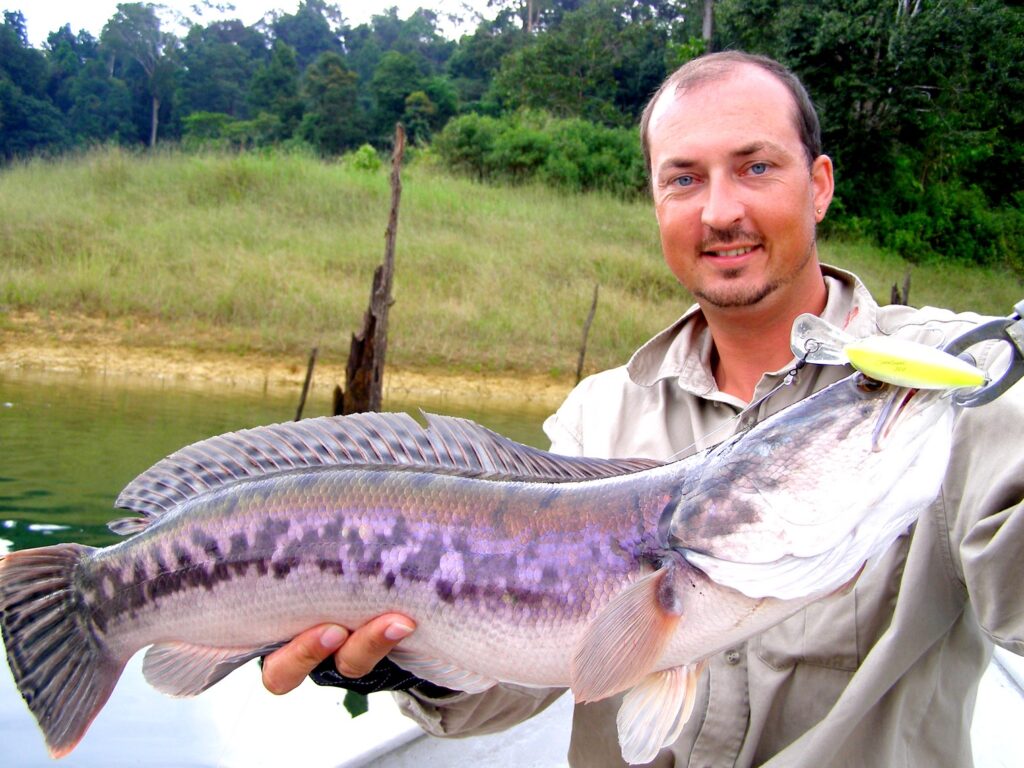
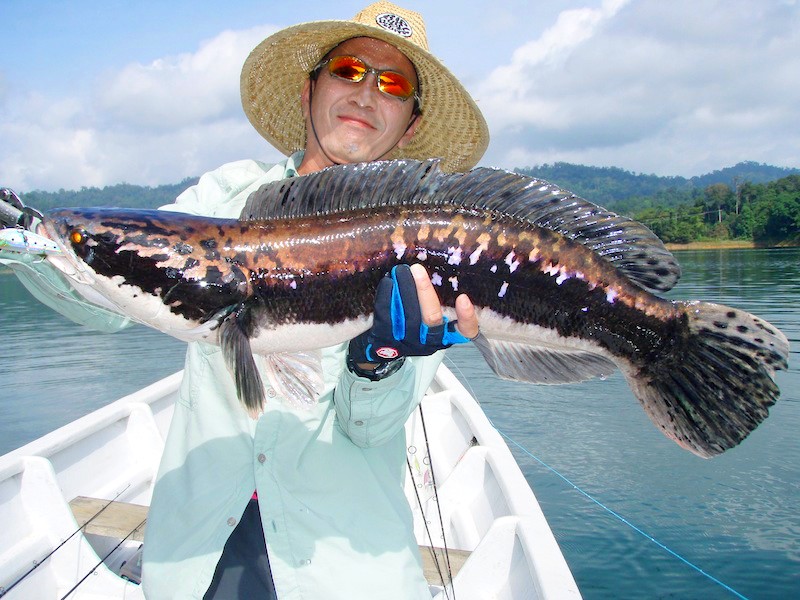
These snakehead were taken fishing to rising single fish using diving lures
Snakehead Fry Ball Casting
The definition of fry ball casting is to track a fry ball from a boat keeping at casting range while following the fry balls’ direction, each time the ball of bright red or orange fry surface to breathe air the angler casts their lure at the fry ball. Remembering that the male adult will be closest to the fry to guide them and the larger female will be patrolling the outside of the fry ball for invaders, it is worth casting ahead of the fry ball in the direction they are swimming to catch the larger female first. The larger the adult snakehead the more times in their life cycle they have parented fry and therefore the greater the chance they have been caught before on lures, in this case the snakehead may take hours of following and casting at before striking, if they strike at all. However snakehead that have never been caught or rarely been caught will immediately strike at the lure within the first few casts, lure selection is down to preference with a fry ball that have never seen lures before as they will hit whatever you cast at them be it surface lures or diving. With the more experienced adults it may be that the angler has to change lure continuously and relentlessly cast at the fry ball to drive the parent snakehead crazy with torment until they lash out at the lure.
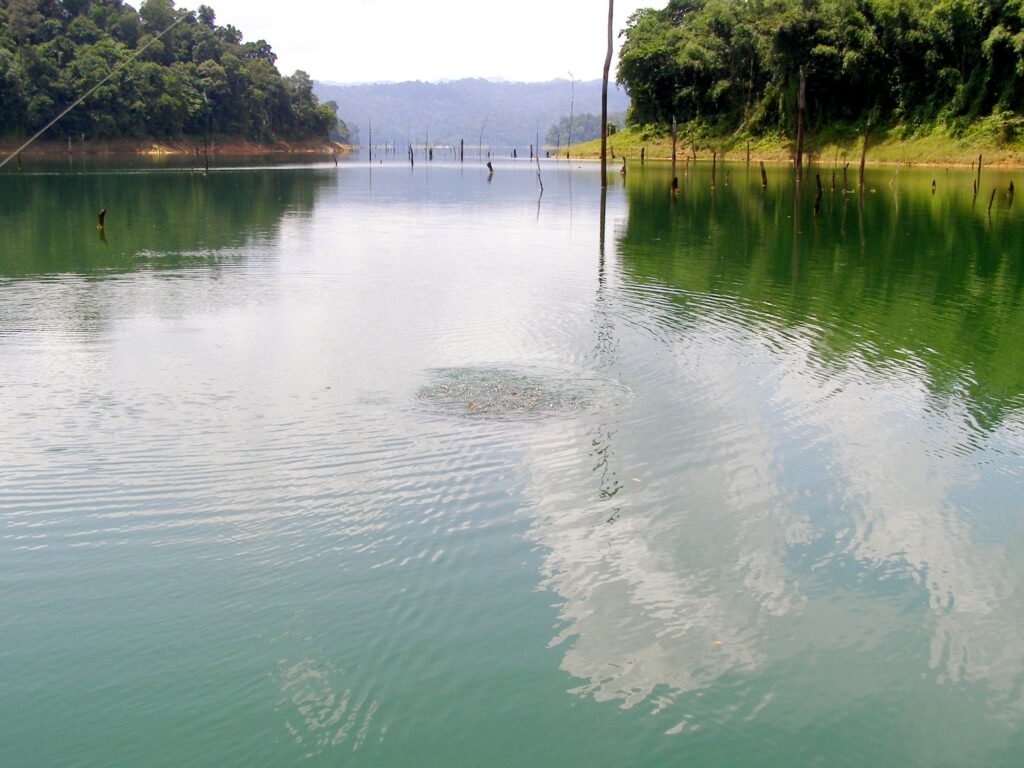

A fry ball rising for air – both adult sakehead will be close by
Snakehead Fishing Malaysia VS Thai Snakehead Fishing
Snakehead fishing in Thailand offers some incredible sport all year round for highly experienced snakehead anglers who are well practiced in fishing at single rising snakehead in open water as well as the easier technique of random marginal snakehead fishing. However for less experienced anglers fishing for rising single snakehead is not an option and therefore must begin by fishing the random marginal technique or casting to fry balls of which is very seasonal in Thailand. Only a few months usually from July to September in Thailand would offer the less experienced angler a good chance at catching any snakehead over 2-3kg, the rest of the year fishing the random marginal casting technique would catch only juvenile snakehead. The exception to this is booking a guided snakehead fishing trip in Bangkok to Pilot 111 Ponds which would offer a very high chance of success. But for jungle fishing, snakehead fishing in Malaysia offers anglers of all skill levels much greater chances of monster snakehead all year round simply because there are so many more fish leading to so many more opportunities and fish to cast too. The so few rising snakehead pockets in Thailand mean that there are only ever a few chances in a day to cast at fish, this is no problem only if the angler is exceptionally skilled but in Malaysia it seems there are rising snakehead all over the place – everywhere there is structure in open water there are sometimes upwards of a dozen very big snakehead rising every few seconds to cast too. Also due to the snakehead in Malaysia spawning two to three times a year there is often several sightings of fry balls to cast to – which are quite often the easiest way to catch a really enormous snakehead. Snakehead fishing in Malaysia is not this good all over the country but at Temenggor Dam Fish Thailand have access to the military controlled national park where by the snakehead receive much less angling pressure than other parts of Malaysia and Thailand. On a snakehead fishing trip to Malaysia at the best time of year around September or October snakehead between 2kg – 3kg are considered small, snakehead of 4kg – 6kg are very common, snakehead of 7kg – 8kg are big fish and anything over that up to 14kg are a frightening possibility. It is important not to misinterpret Malaysian snakehead being easier to catch than a Thai snakehead, all it means is that there are far more snakehead showing meaning there are more opportunities and fish to cast to each day; each opportunity still requires the same accurate cast and same well practiced technique as a Thai snakehead.
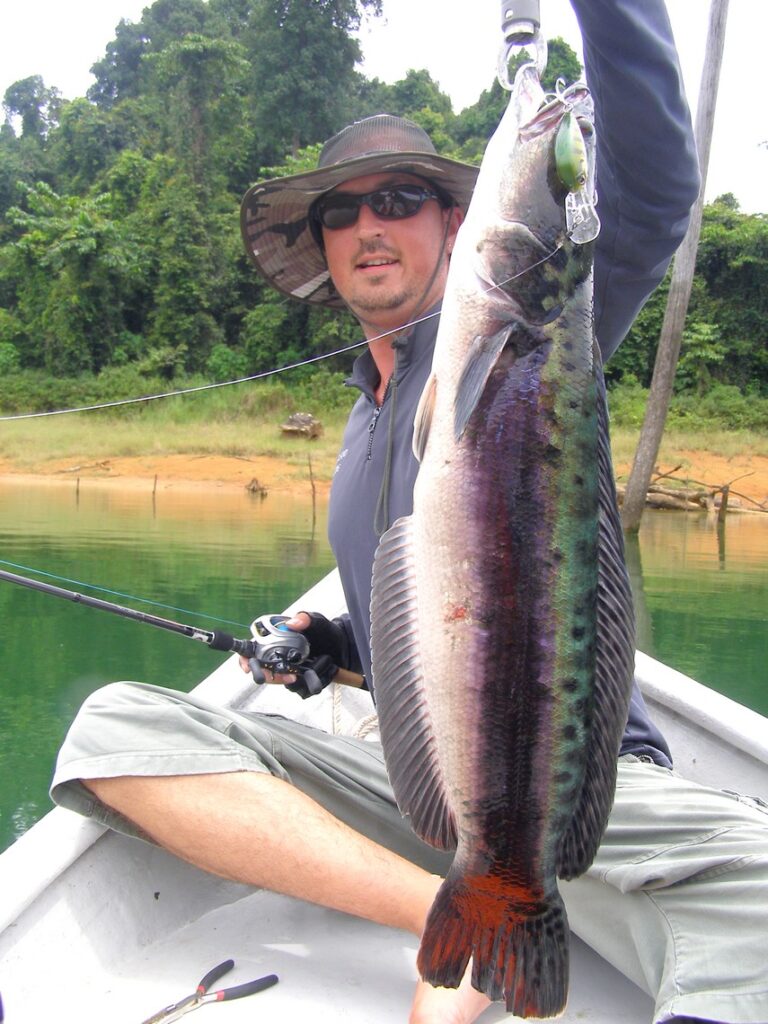
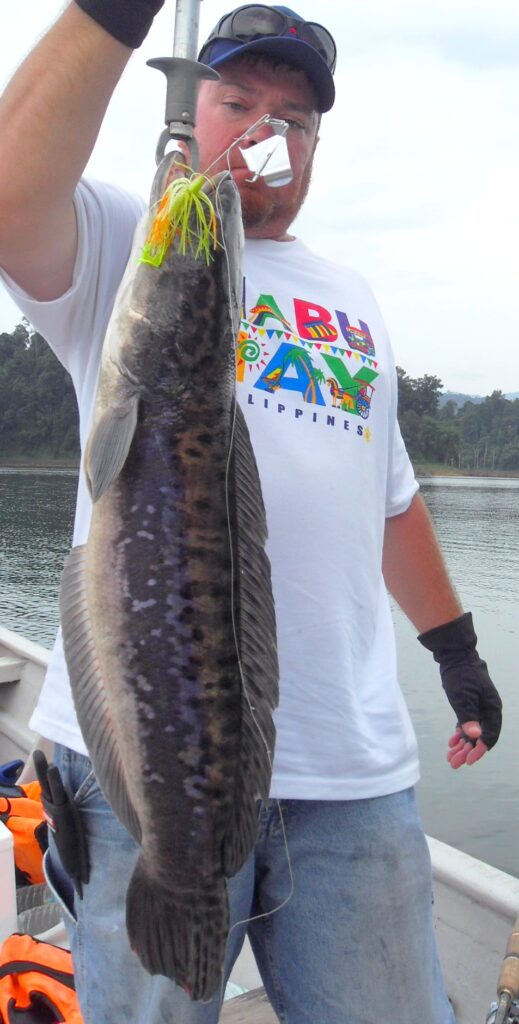
Temenggor Dam offers snakehead anglers big numbers of big fish
Lure Fishing VS Live Bait Fishing For Snakehead
Even with the vast numbers of snakehead in Temenggor Dam, single rising snakehead lure fishing remains an incredibly difficult technique with no room at all for error – anything less than exceptionally skilled lure fisherman would catch very few fish in a week, even blank completely. By fishing live bait however anglers of all abilities will catch far more fish than even the greatest of lure fishermen – it is a strong fact that live bait catches more snakehead in Temenggor Dam than lures. Where as a lure must be cast to dive and run in front of the snakehead, a live bait just cast close to the rising snakehead offers a good chance of a strike. A live bait sinking slowly through the water column will be followed down by a snakehead, sometimes watched and stalked long after the rise, this could only happen with a real live fish as bait – not an imitation lure. To have the opportunity to fish in one of the world’s top snakehead waters and land bigger snakehead than anywhere else in Asia with live baits, is far better than wasting that opportunity by lure fishing for rising snakehead without the necessary experience.

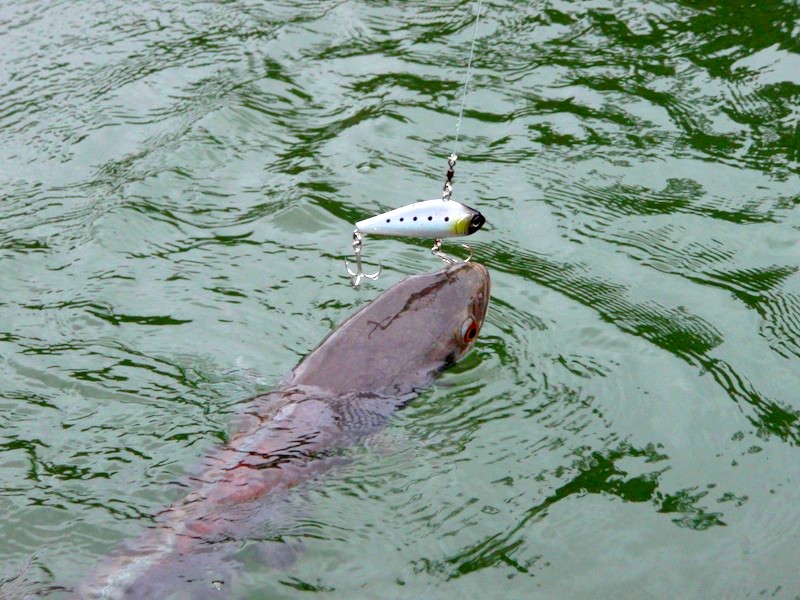
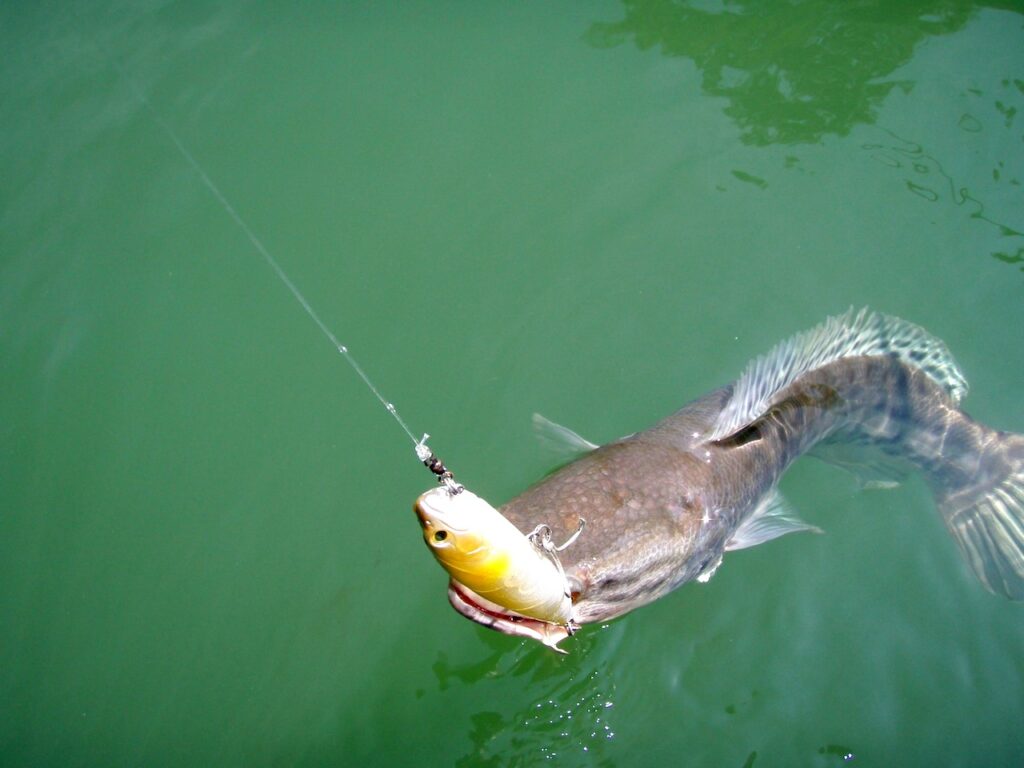
A variety of lures will catch snakehead – but there is no margin for error
| NOTE ABOUT ‘PURISTS’ – written by Eddie Mounce There is much debate amongst anglers as to the use of live baits for snakehead fishing, ‘purists’ will claim that only lure fishing is a ‘pure’ and ‘proper’ form of snakehead fishing and that live bait fishing is too easy and an ‘impure cheating’ form of snakehead fishing. I say that they misunderstand the meaning of ‘pure’ and by their very demeaning attitude towards how other anglers gain enjoyment from their fishing if anything makes themselves ‘impure.’ Surely a purist fisherman is an angler who fishes exactly how he enjoys, where he loves for what excites him with no judgment cast onto how other anglers enjoy their fishing and what other anglers use as bait! I personally only lure fish for snakehead, not because I believe for a second that it is the ‘superior’ way to fish but because I have a borderline unhealthy obsession for casting lures at snakehead; I catch a few less fish than live bait anglers but that is my choice to do so. If a live bait angler is catching no end of glorious snakehead and loving every minute that is pure. Equally if a lure angler is catching less fish but loving every minute of the challenge then that is pure. On the flip side if a lure angler is cursing at struggling to catch fish and becoming unhappy then perhaps the pure thing to do would be to fish live baits and enjoy catching fish. My point is don’t fish how you think others think you should fish, fish how you genuinely enjoy the most. In the case of snakehead fishing in Malaysia at Temenggor Dam and if you have not much experience with lure casting to rising single snakehead then take my advice, fish live baits, catch lots of big fish and enjoy every minute! |
Snakehead Lure Fishing Malaysia Tackle
Rods: 6ft – 7ft rods for lure fishing is the best range – however 7ft will offer more accurate casting and greater distance, longer than this for boat fishing is a disadvantage and difficult to play fish diving under and around the boat. Rod grade medium to heavy action of casting weight 1/4oz – 1oz or 10lb – 20lb line class is required.
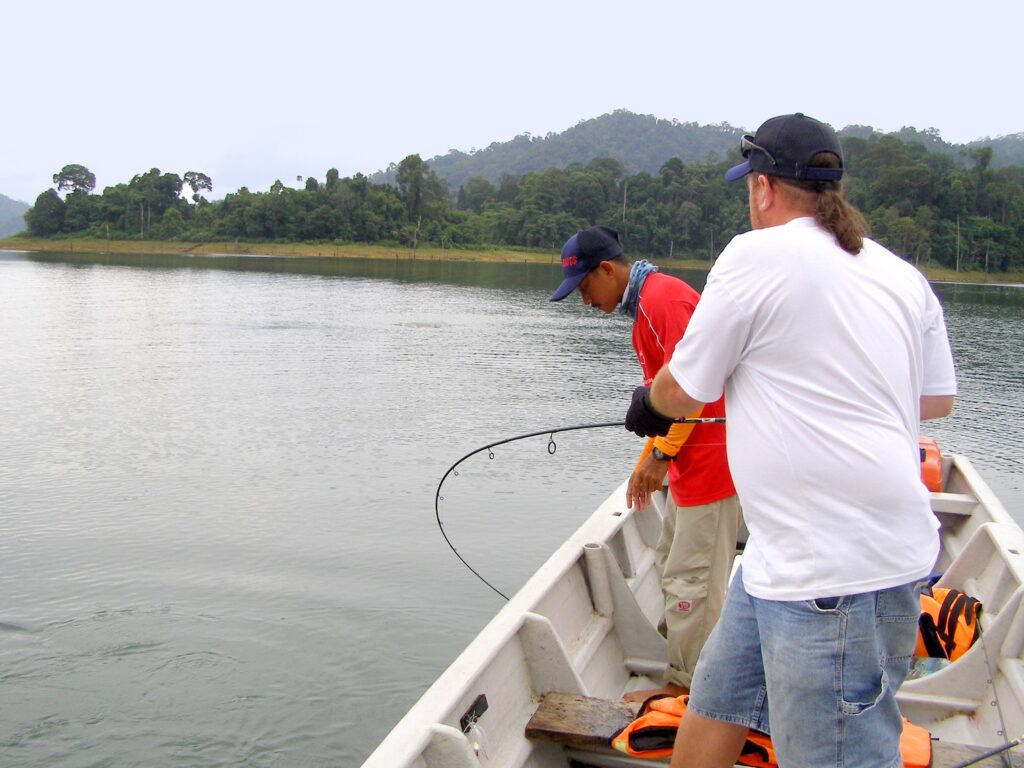
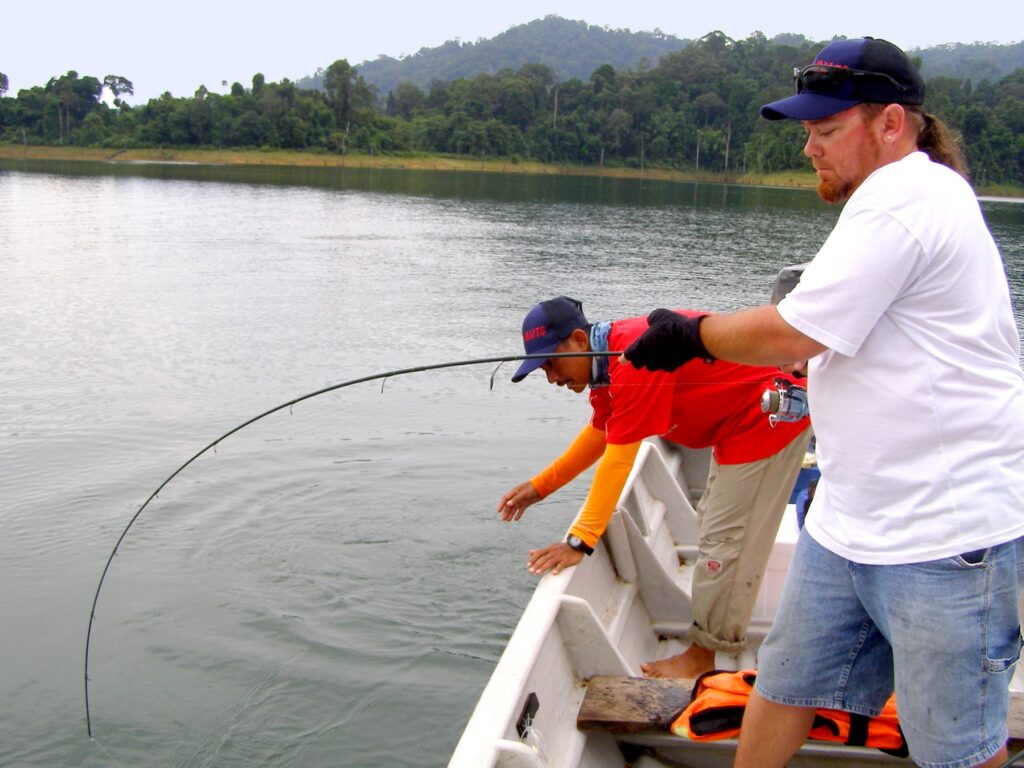
Sudden powerful lunges from snakehead require the correct rods for the job
Reels: Baitcasters are a much better reel for lure fishing than spinning reels but require a good amount of practice; the Shimano MG 7 is a good top range baitcasting reel offering the ability to cast a lure incredible distance accurately. The quality of spinning reels should of course be good but it is not as important as the quality of baitcasting reels which unless are of high value is more of a hindrance than a help. The Shimano Nasci 5000 is a great mid-range spinning reel along with the Shimano SR4000RG, any spinning reel of good quality matching the sizes of these two tested reels is ideal.

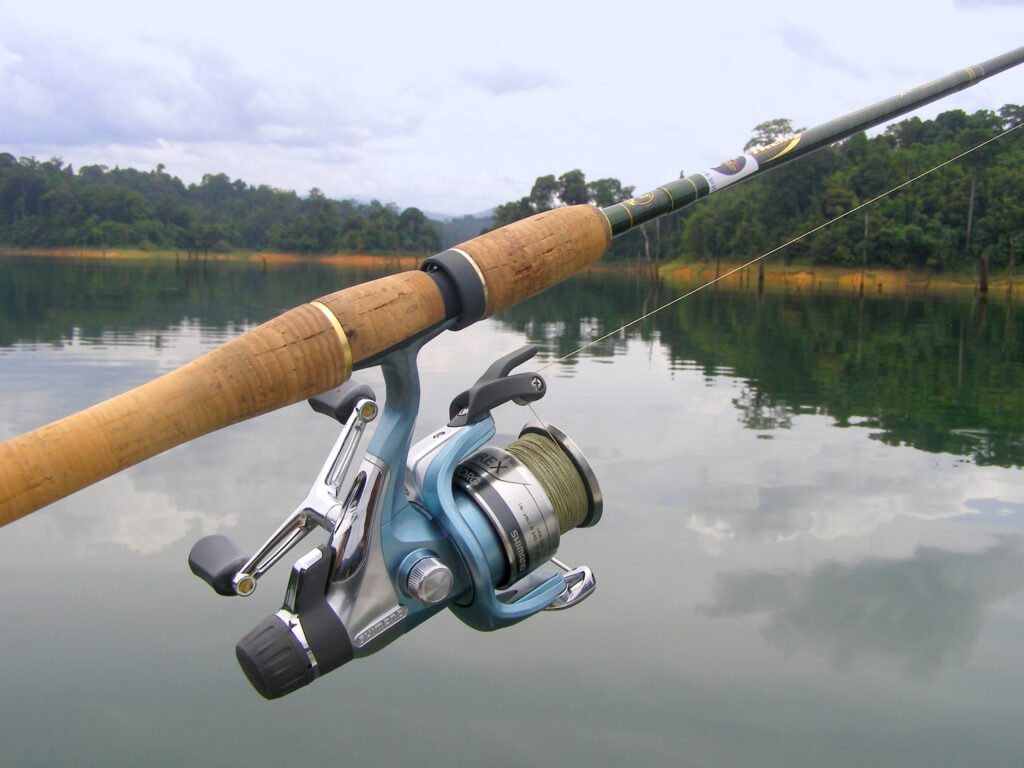
Shimano MG7 (left) & Shimano SR4000RG (right) – tested & proven
Lines: Braid is essential as a main line for lure fishing for snakehead and in Thailand a 40lb braid is acceptable but in Malaysia a 50lb Varivas braid is advised. A 40lb braid is typically the same diameter as a 10lb monofilament line and a 50lb braid is the same diameter as a 12lb monofilament line so is perfectly acceptable to use these breaking strains in braid. The added bonus is that a snagged diving lure can be quite often pulled out of the snag by a powerful braid whereas a monofilament line would break through very quickly. With no stretch in braid casting is more accurate, the feel of the retrieve and lure action is direct and the playing of the fish is more controlled. Wire traces are unnecessary for lure fishing for snakehead, instead a 2ft Varivas fluro carbon leader is flexible enough to not impede the action of the lure but stiff enough to reduce tangles; being almost the same refractive index as water it is much less visible than wire or braid in clear water. Very rarely will a snakehead take a lure down to the line, so rare it is not worth using wire for such an unlikely event – it is better to entice more strikes from fish by not using wire at all.
Hooks: Original hooks that come with lures are useless for snakehead; they need to be changed with Owner ST66 stinger trebles in sizes 2 or 4, and will need to be changed every few fish. The spilt rings to attach the hooks also need to be changed with heavy duty ones in sizes 4 or 5 along with a good strong Rosco or Berkley swivel in size 7 to attach the lure (with split ring) to the fluro carbon leader. Snap link swivels are quicker to change but have the problem of occasionally opening during a hectic snakehead battle.
Lures: A good selection of lures from each category: surface frogs, buzz baits & poppers. Diving plugs in varying depths, patterns and colours. Two of every category, pattern and colour is a good idea in case there is a particularly effective lure that is then lost; 4 – 6 inch lures are generally a good size range for snakehead.
Snakehead Live Bait Fishing Tackle
Rods: The same length rod of 6ft – 7t as lure fishing is best but a stiffer, heavier action of 1/2 oz – 1 ½ oz or 18lb-26lb class is required to cast livebaits and setting the hooks. Fixed spool spinning reels are best for live bait fishing, the same size & models as for lure fishing is fine.
Lines: Braid of at least 50lb is required, as high as 65lb is acceptable – with many strikes coming after a snakehead follows the live bait down to the lake bed the fight will be amongst more snags than that of a lure hooked snakehead. Fluro carbon will not suffice as a leader for live bait fishing, a heavy wire trace of 60lb is essential to prevent bite offs as most snakehead caught on live baits will take the hook down into their mouths. Good quality swivels such as Rosco or Berkeley attach the wire trace to the braid main line.
Hooks: One single hook of good quality such as Owner in sizes 1/0 or 2/0 will be needed to hold the power of a big snakehead.
Bait: A 6” walking catfish hooked once through the upper back of the bait behind the dorsal fin is most effective for snakehead fishing. The walking catfish is a natural predator of snakehead fry and therefore triggers an immediate strike from the adult snakehead, most of the time attacking from behind hence the hooking position on the live bait.
Anglers Water Side Hotel
Usually jungle fishing offers limited or no comfortable accommodation without having a long drive to and from the banks of the water. Snakehead fishing in Malaysia at Temenggor Dam however boasts a beautiful & luxurious hotel a short walk away from its’ private boat jetty, the grounds around the hotel cut into the surrounding jungle are steeped in nature. Rooms are complete with comfortable soft beds, satellite TV, fridge, safe, hot water shower, air-conditioning & WI-FI. Delicious Malaysian and European cuisine is served as buffet or a la carte every evening from the choice of inside or outside dining and a generous packed lunch is prepared by the restaurant each day for anglers to take out fishing each morning.
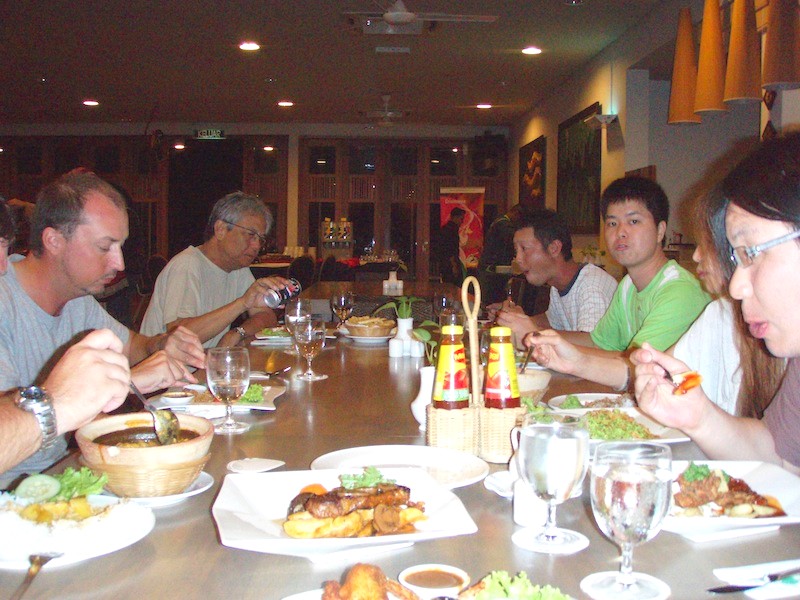

Evening dining at the hotel in the evening & packed lunch while out fishing
Snakehead Fishing Boats Malaysia
Large stable fiber glass fishing boats powered by 40hp outboard engines makes for spacious and comfortable fishing platforms with plenty of space for tackle, bait and lunch. Each boat skippered by a Malay guide will fish two anglers, the boatman will always know the best snakehead fishing spots and work hard all day to keep the angler on fish. Come lunch time a quiet shaded place is found be it a waterfall or clearing on the edge of the jungle to relax, eat lunch and swim while the Malay boatman being Muslim will take time to pray. At first light each morning the boats arrive at the hotels’ pier to pick up the eagerly waiting anglers and take them on the fishing voyage, each boat heads off to different areas of the lake; only to return at dusk to the hotel’s pier.
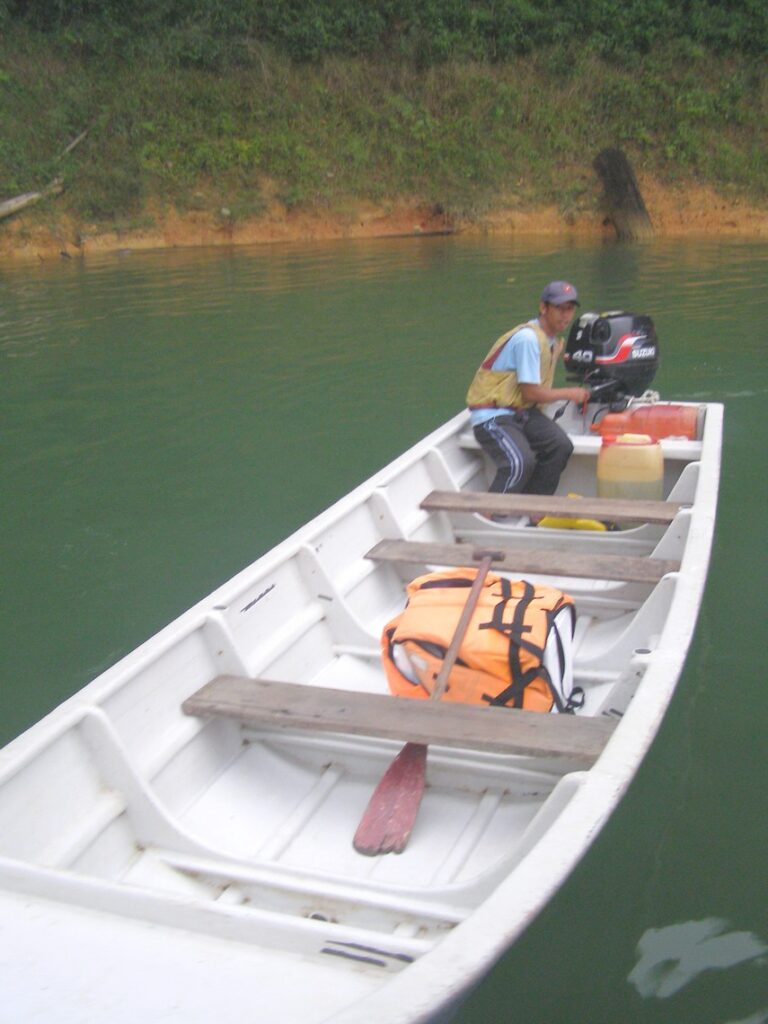
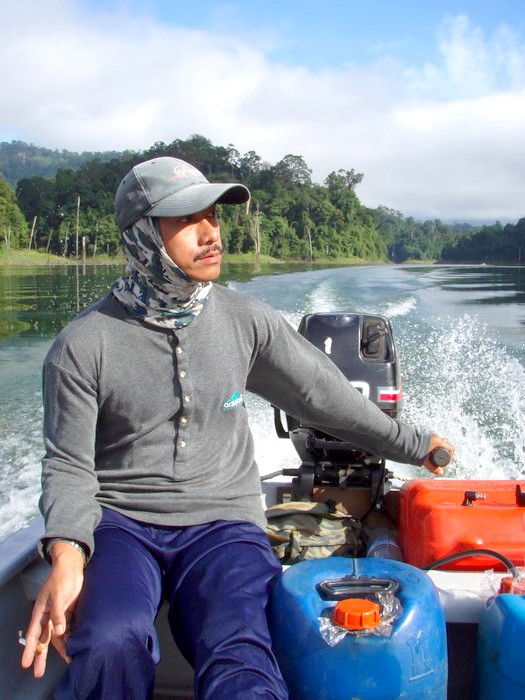
Excellent fishing boats, skilled boatmen & private hotel jetty
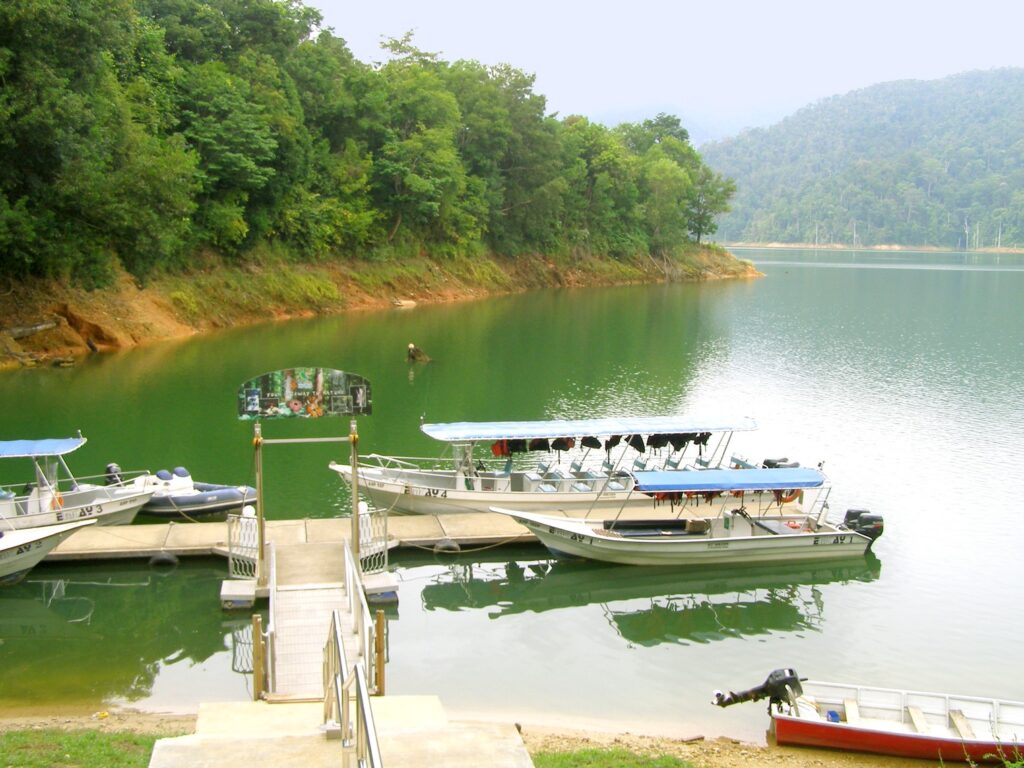

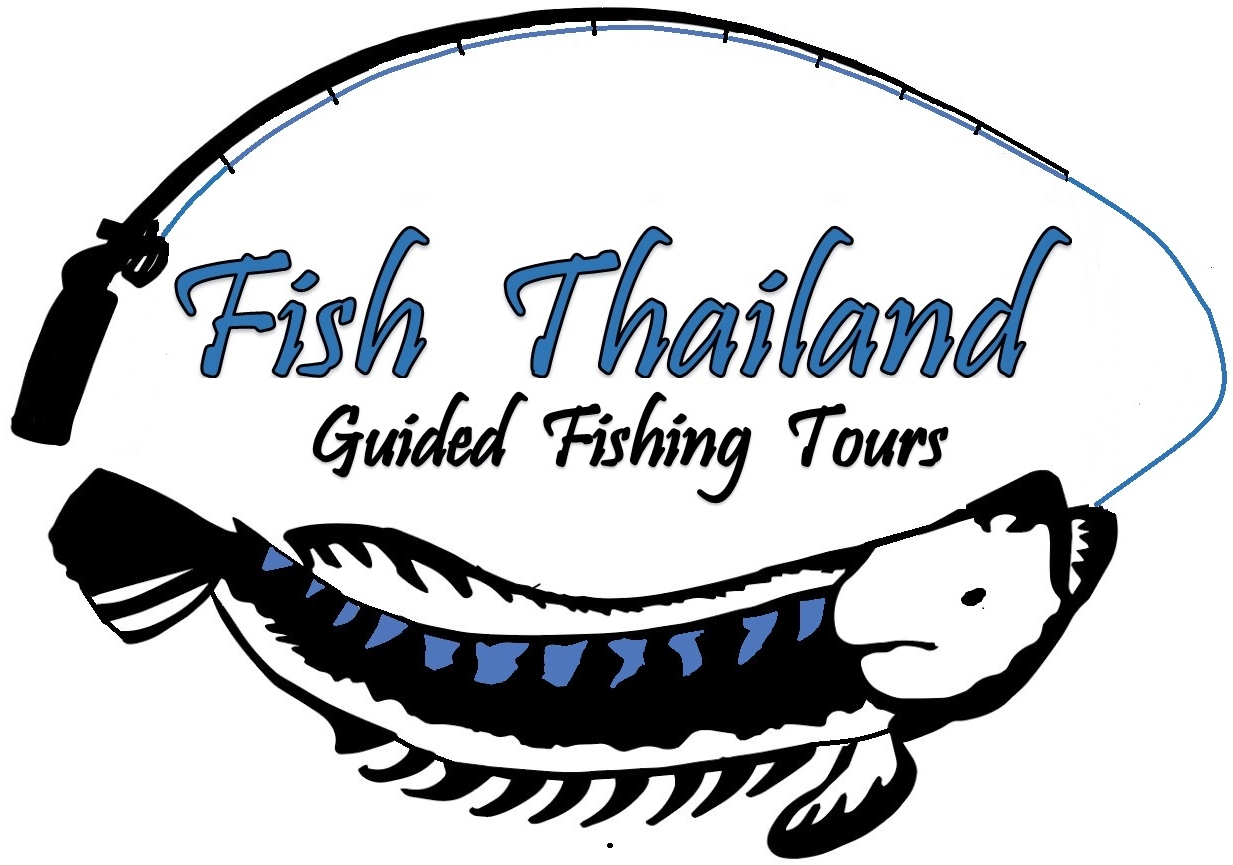
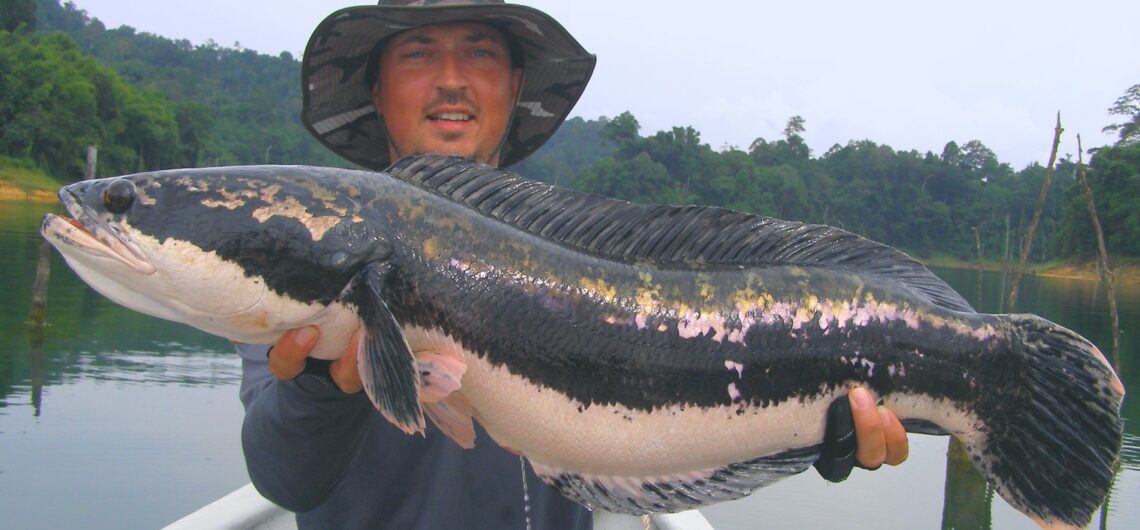
Comments